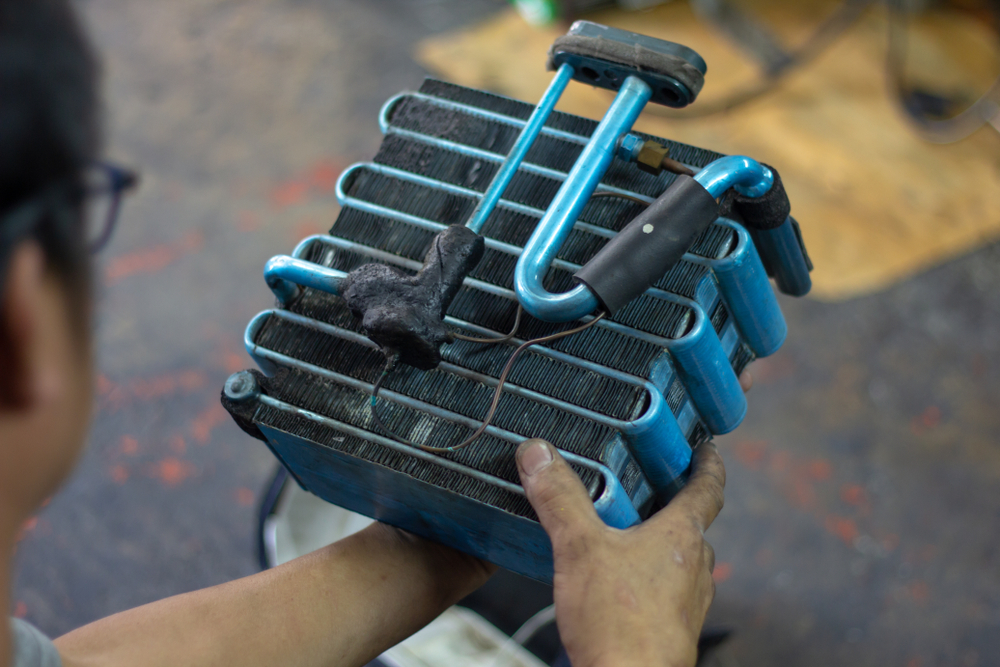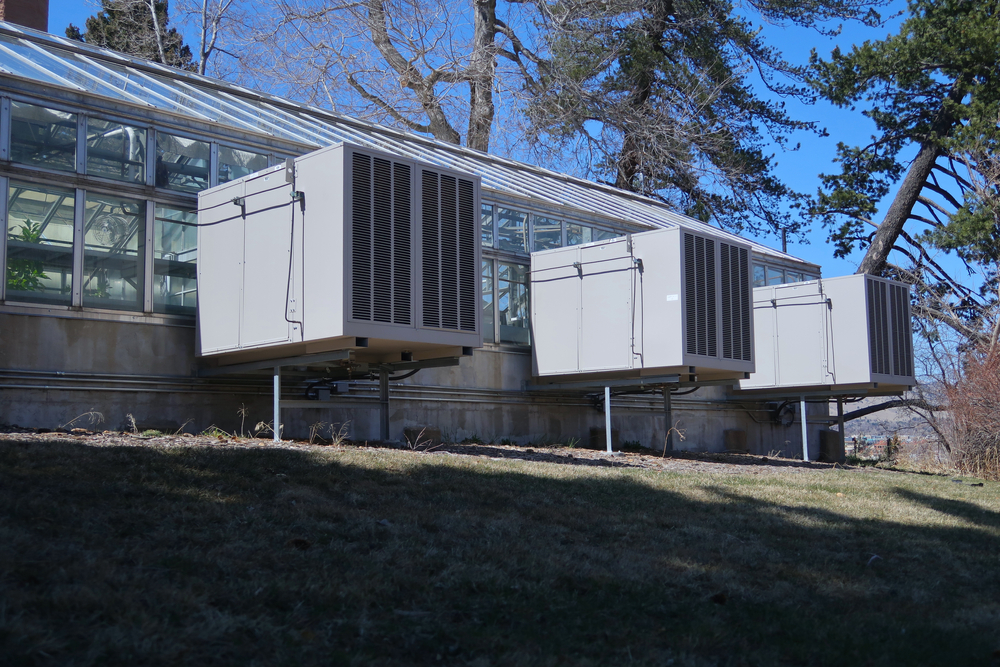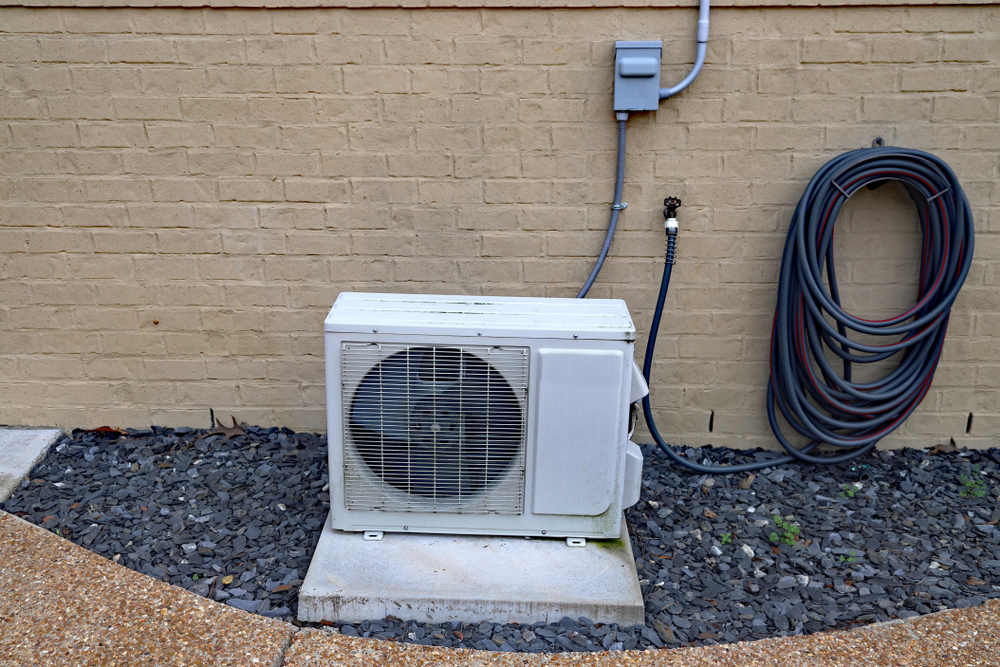July 25, 2024 10:28 pm
Published by Mike Nicolini
If you live in an area that experiences hot, dry conditions, your space can quickly become uncomfortable during summer. Such conditions can also affect your daily productivity in the long run. Many people who live in such areas choose to buy and install air conditioners. However, if this cooling equipment is causing a significant rise in your energy bills, you may want to consider an alternative. Evaporative coolers make for a great way to cool air temperatures in an energy-efficient manner. Once you decide to opt for this type of cooling system, you should consider working with a reliable evaporative... View Article
July 25, 2024 10:05 pm
Published by Mike Nicolini
If you live in an area that experiences hot, dry conditions, your space can quickly become uncomfortable during summer. Such conditions can also affect your daily productivity in the long run. Many people who live in such areas choose to buy and install air conditioners. However, if this cooling equipment is causing a significant rise in your energy bills, you may want to consider an alternative. Evaporative coolers make for a great way to cool air temperatures in an energy-efficient manner. Once you decide to opt for this type of cooling system, you should consider working with a reliable evaporative... View Article
 May 21, 2024 3:34 pm
Published by Writer
May 21, 2024 3:34 pm
Published by Writer
Evaporative coolers, also known as swamp coolers, are an efficient and cost-effective way to cool your home or workplace. However, like any appliance, they can encounter problems that may affect their performance. Understanding How Evaporative Coolers Work Before we dive into troubleshooting, it’s important to understand how evaporative coolers work. These devices work by pulling warm air through moistened pads, which causes the water to evaporate and cool the air. The cool air is then circulated throughout the space, providing a refreshing breeze. Evaporative coolers are designed to work best in dry, arid climates where the air is hot and... View Article
 February 29, 2024 10:14 pm
Published by Mike Nicolini
February 29, 2024 10:14 pm
Published by Mike Nicolini
Evaporative cooling is a highly effective and energy-efficient alternative to traditional air conditioning systems, particularly in hot and dry climates such as Phoenix, Arizona. This unique cooling technique harnesses the power of water evaporation to create a comfortable indoor environment while consuming significantly less electricity. In this blog, we will explore the best practices and applications for evaporative cooling, highlighting the advantages it offers over conventional cooling methods. Whether you are considering an AC alternative or seeking ways to improve your cooling system’s efficiency, understanding the most effective use of evaporative cooling is essential. Let’s dive in! Understanding Evaporative Cooling... View Article
 February 29, 2024 10:02 pm
Published by Mike Nicolini
February 29, 2024 10:02 pm
Published by Mike Nicolini
As temperatures rise during the sweltering summer months, we all seek effective cooling solutions to beat the heat. While air conditioning units have been the go-to choice for years, they can be expensive to purchase and operate, not to mention detrimental to the environment. Enter mini evaporative coolers, also known as small swamp coolers, which offer an alternative cooling solution. But do these compact devices actually work? In this technical analysis, we will delve into the inner workings of mini evaporative coolers to determine their effectiveness. Understanding Evaporative Cooling To comprehend how mini evaporative coolers function, we must start by... View Article



